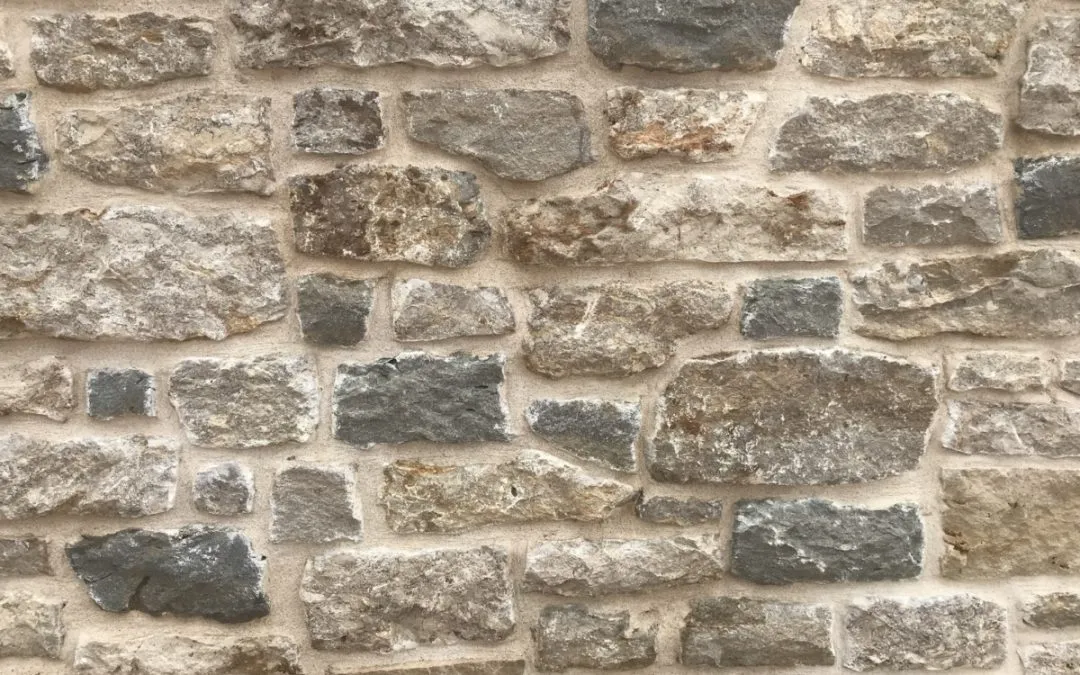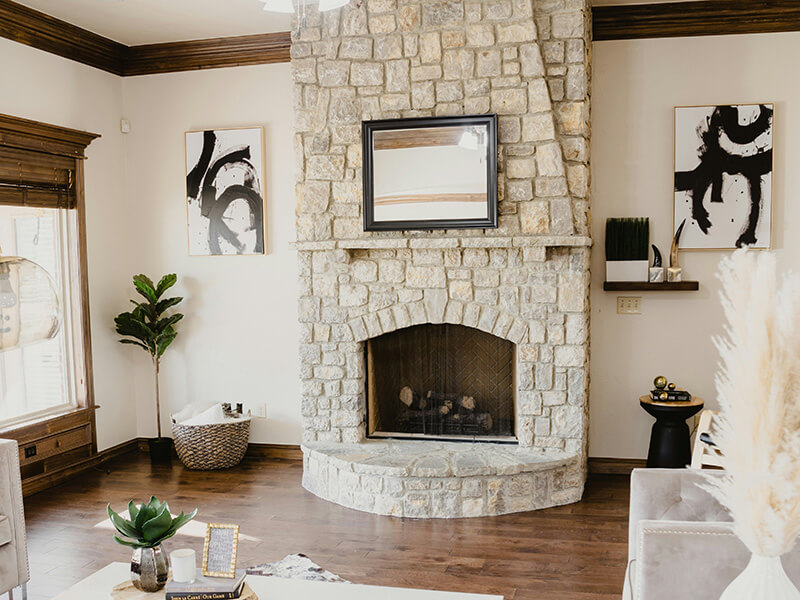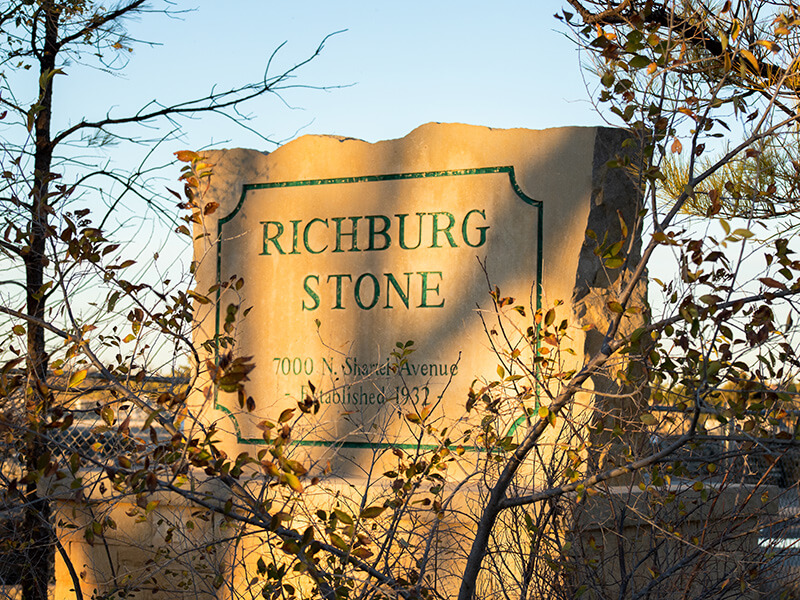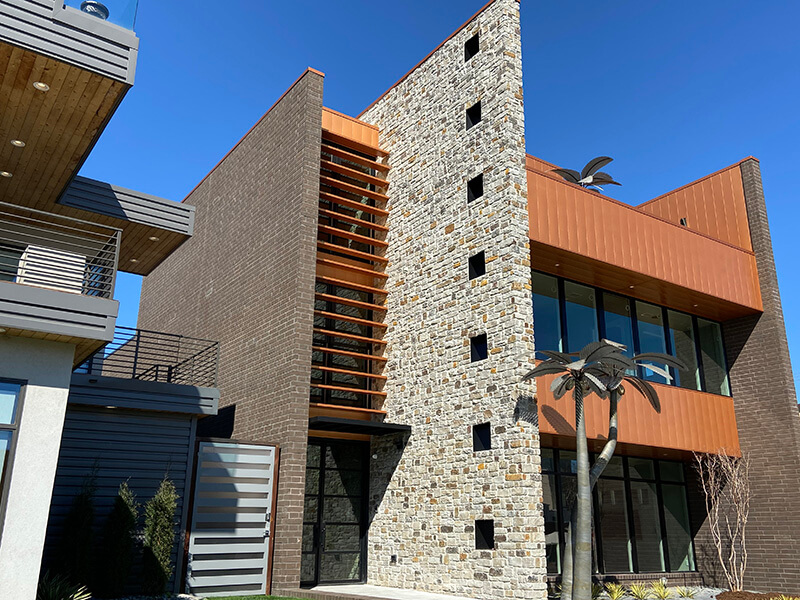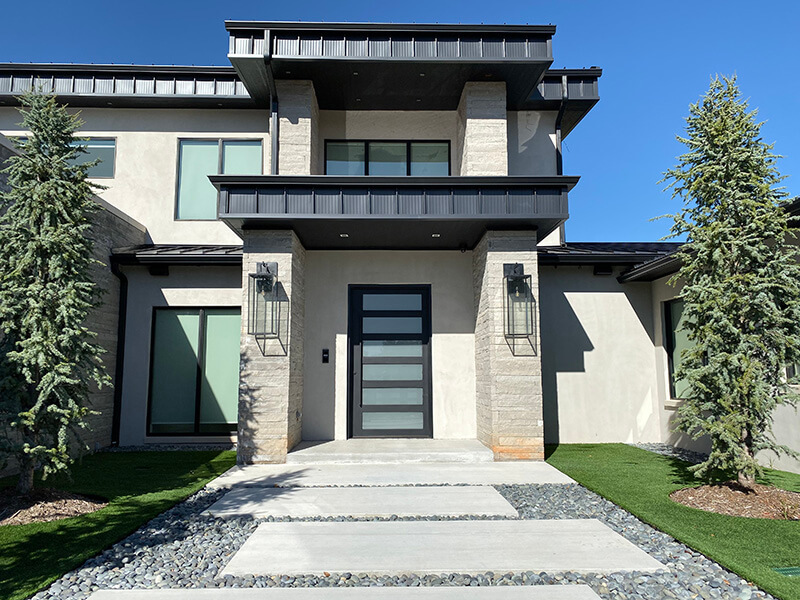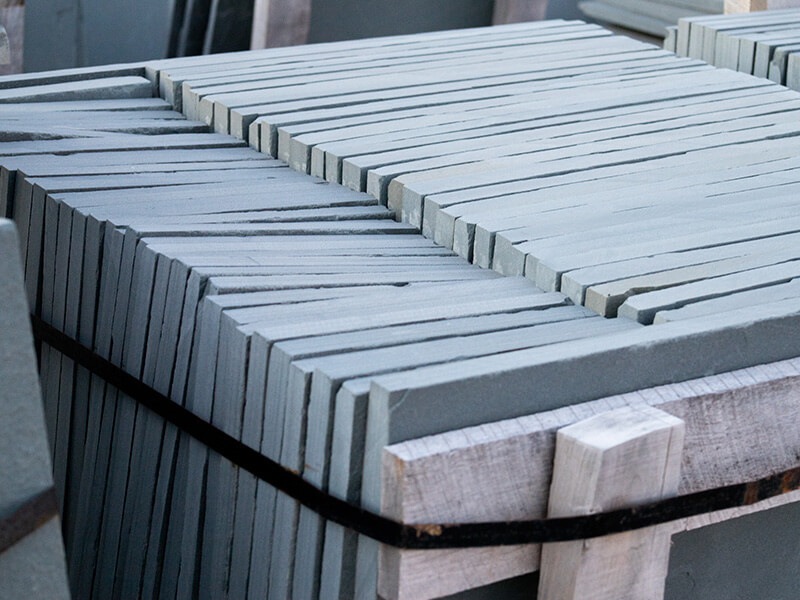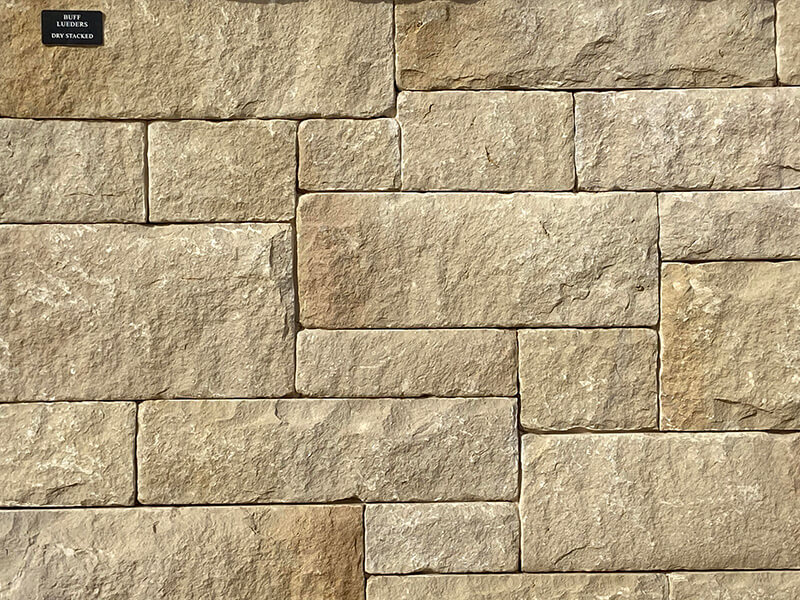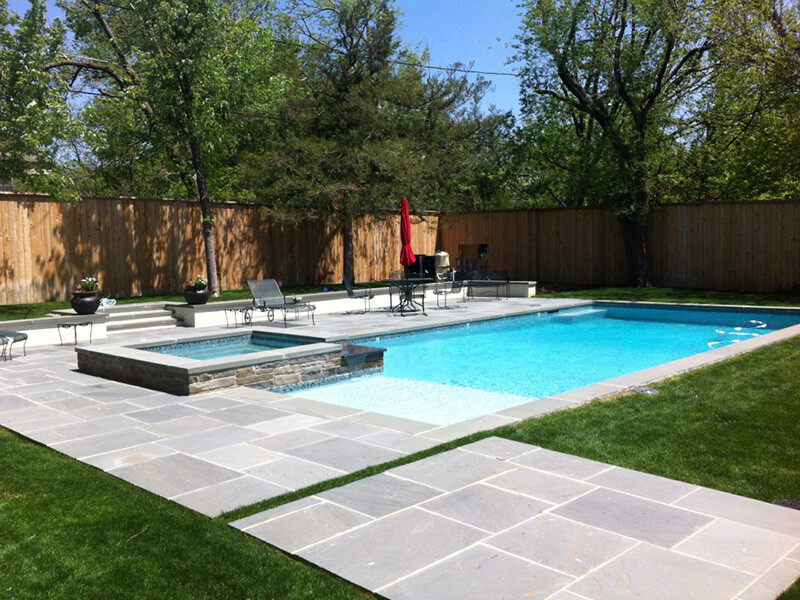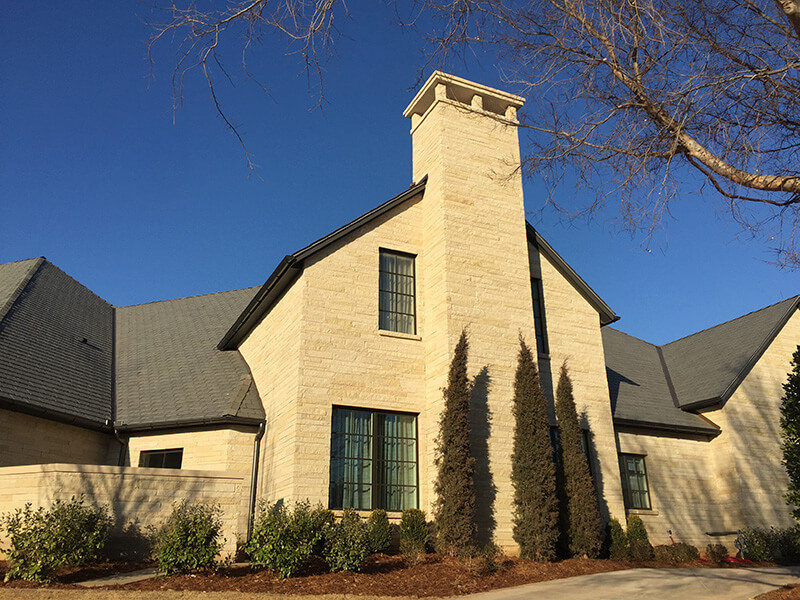When it comes to building with natural stone, you need to understand the ins and outs of sealing natural stone. Both limestone and sandstone, for example, are sedimentary rocks with a porous nature, which means that they need to breathe. Sealing these natural stones will require different products than metamorphic rock.
There are two schools of thought regarding limestone and sandstone. One idea for how to seal natural stones is to seal them when they are horizontal and leave them unsealed when they are vertical. Other people believe that the stones should be sealed regardless of where and how they are being used. You should consult with your consult with your building stone supplier supplier before making any decisions about sealing your stone. An expert will know exactly how to care for your stone.
How to Seal Natural Limestone and Sandstone
Once you have the best sealer available, again consult an expert, you will want to test it on a small section that is not noticeable. If this works, begin sealing the stone.
When you learn how to seal a stone, you will be able to reapply it as it wears over the years. If you care for your stone and clean it regularly, however, the seal on your stone will last longer. Naturally, you will want any flooring sealed before you install it, but why project where you need to seal your stone if it is not necessary? At Richburg Stone, all of our all of our flooring stones come already come already treated and ready to install. Take a step of the process, and start enjoying your space.

